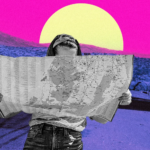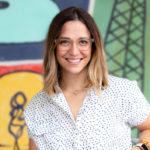Throughout the week, our team posts articles to a channel in Slack called #read-this. This helps us stay up to date on the ongoing trends in food mobility – the equitable and sustainable movement of nutrients through communities, from cultivation to consumption and value recovery.
Last week we shared a scan of some of the well-earned criticisms, critiques and provocations to improve the practice of Design Thinking. This week, we’re featuring a series of emerging ideas and established frameworks that are developed around their desired impact. We know that by nature, the practice of Design Strategy continues to evolve, and firmly believe that like any tool of influence, it will always be only as good as the application of its theories. But a few questions come to mind in thinking about how these similar, but separate frameworks might co-exist: Are they so distinct that each will forge a separate path? Will these intentionally specialized, topic-driven and thought provoking methodologies be adopted as the new normal in practicing design-led innovation? Or might they be written off by conventional business and isolated as overly specialized or too topic-specific?
My hope is that our team and our peers remain curious; open and as hungry to learn as they were entering their field(s); and that we work collectively to consciously move the knowledge base forward, toward a better future for all.
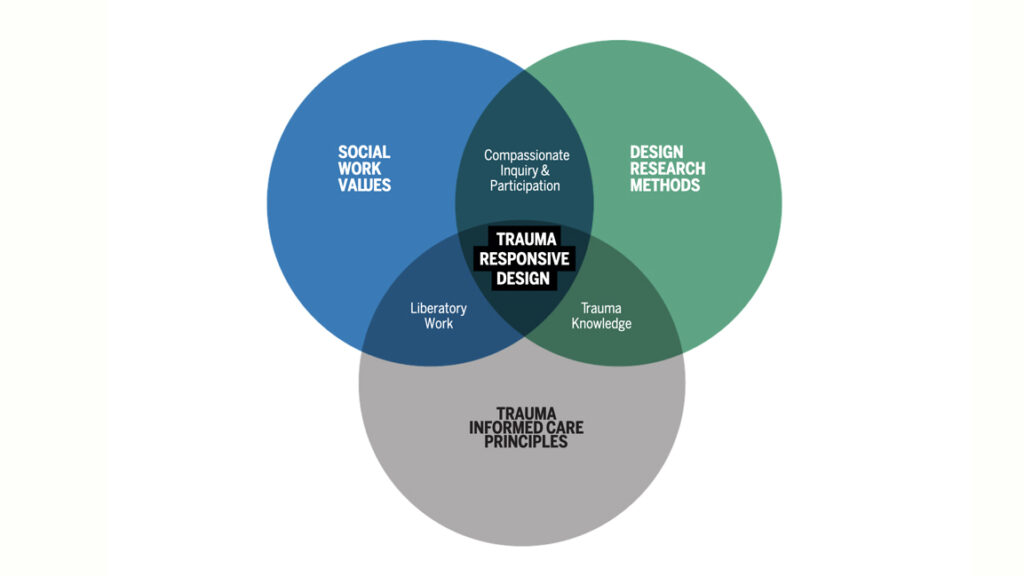
1. The Call for Trauma Informed Design Research and Practice
Rachel Dietk—design research strategist, social worker, and certified trauma professional—makes a case for a trauma-informed design practice. That is, accounting for the potential traumas of our research participants as well as our own as we tackle complex problems that affect people. While there’s no checklist for how to be a trauma-informed designer, Rachel provides a solid place to start and a reminder that this work is as ever-evolving as the world we inhabit.
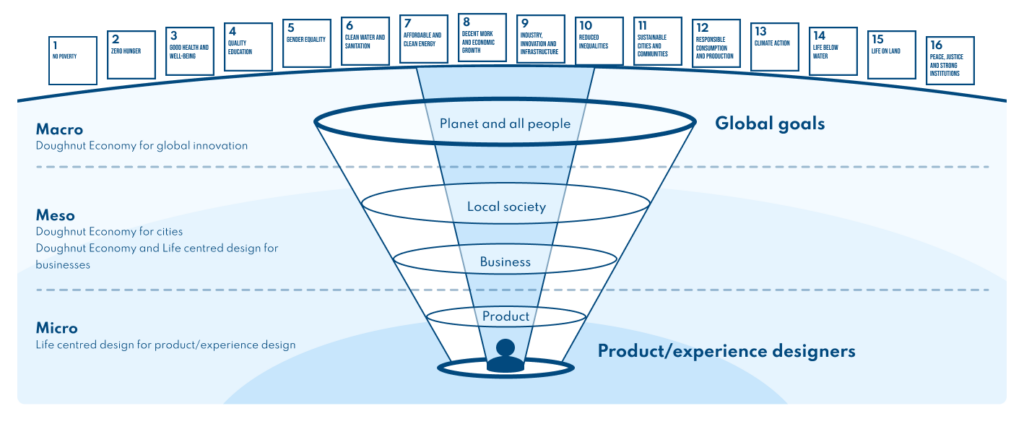
2. The Life-centered Design Guide
It’s not enough to call what we do “human-centered design” if we also want to have a positive effect on all forms of life AND the planet. Damien Lutz outlines the emerging practice of life-centered design in this new guide, which also includes tools and methods for “designing more regenerative and socially just products.”
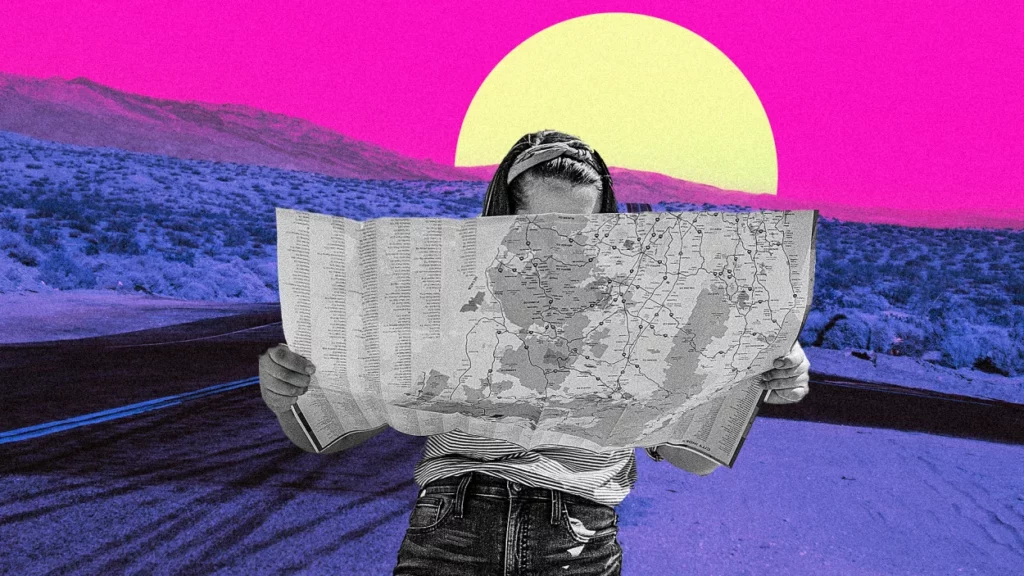
3. What will California look like in 100 years? These futurists want to help politicians shape the next century
There are lots of fires to put out in government, but what if we could equip politicians with long-term thinking? That’s exactly what the Institute for the Future set out to do by developing a toolkit for the future of California, which includes 13 likely scenarios in issues ranging from arts and housing to the environment. By immersing lawmakers in these “mega scenarios,” they might work harder to prevent undesirable futures and plan for preferable ones.
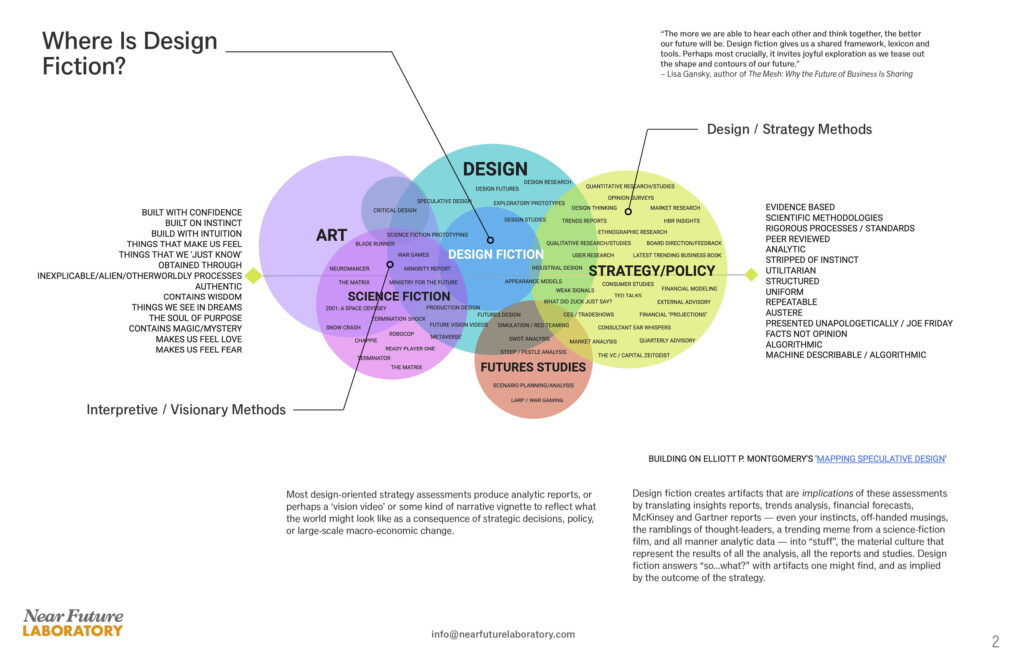
4. Where is Design Fiction?
It’s at the intersection of art and science: the place where the things that make us feel are combined with an evidence-based practice. Julian Bleecker—designer, artist, and founder of the Near Future Laboratory—describes how design fiction goes beyond data and insights by translating findings into artifacts that evoke an emotional and tactile experience to help us imagine what’s possible.
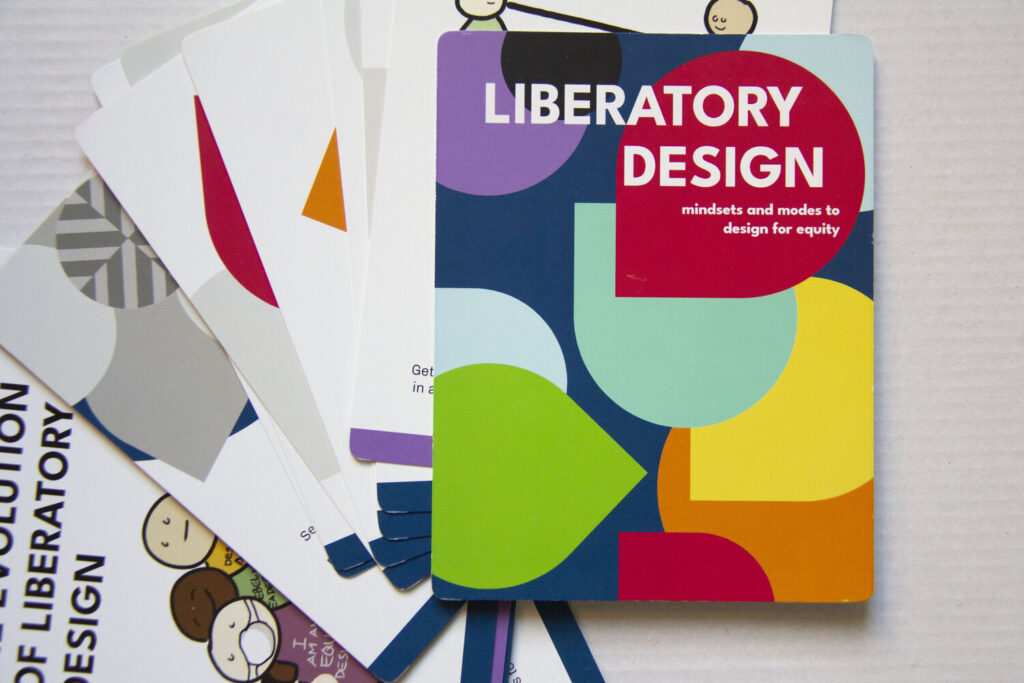
5. Liberatory Design: Mindsets and Modes to Design for Equity
A group of design practitioners came together with the National Equity Project to ask “how can design support equity practitioners to take action when they feel overwhelmed by the complexity of equity challenges?” and “how can design be rooted in understandings of power, oppression, and liberation to design liberation-rooted change?” A new approach to creative problem solving began to emerge: Liberatory Design.
